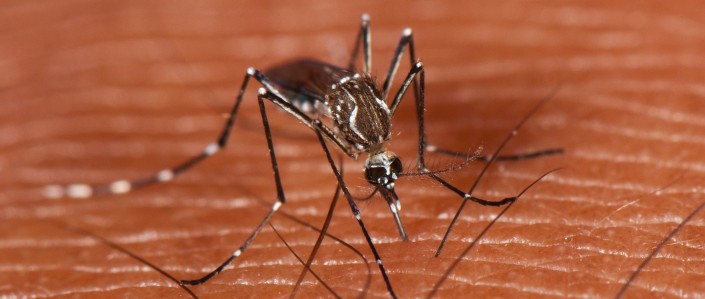Comment to article: Silvia Tortosa-La Osa, Ángela Galán-Relaño (2022). Effectiveness of environmental interventions to reduce entomological indices of dengue, Zika, and chikungunya vector. Acta Tropica, 233, 106523. https://doi.org/10.1016/j.actatropica.2022.106523
What is known about this subject?
Arthropod-borne diseases (arboviral disease), such as dengue, Zika virus disease and chikungunya fever (1) are a major global public health concern, due to their increasing incidence, geographical spreading, morbidity and mortality (4), and related costs (3). These three diseases are transmitted by mosquitoes of the genus Aedes, mainly A. aegypti and A. albopictus, which for many years have been geographically restricted to the African continent and Southeast Asia, respectively, although at present they have colonized all continents (10), mainly due to globalization (international travelling and trade) and to environmental changes (including climate change).
There are currently no approved antiviral agents (still under development) to treat these diseases and the only vaccine available against dengue has certain limitations (12). Therefore, vector control is still the main preventing measure (4). Mosquito control strategies are classified as chemical (insecticides and repellents) (13), environmental (environmental modification), biological (living organisms), or using new technologies (genetically modified mosquitoes, sterile mosquitoes, etc.).
What does this study add to the existing literature?
Several experiences of environmental interventions for vector control have been reported in the scientific literature available. However, there is limited information on the effectiveness of these interventions in reducing transmission and the burden of disease in the population. Thus, to the authors’ knowledge, this review is the first approach to evidence on the effectiveness of environmental interventions aimed at the prevention of dengue, el Zika y la chikungunya.
This systematic review of experimental studies on the effectiveness of environmental interventions for the prevention of dengue, Zika virus disease and chikungunya fever included seven studies. The study found that the elimination of small containers, manipulation of large tanks and cleaning of outdoor spaces are effective for reducing pupae indices.
What are the implications of the findings?
Entomological surveillance for arbovirus monitoring and programme assessment involves all vector life stages (egg, larva, pupa and adult). However, WHO guidelines recommend the use of pupae or adults indices as a measure of mosquito abundance to estimate the risk of transmission (13), since pupae have a high probability of successfully emerging as adults (36) (37), and adult stage represents the last link in the chain of transmission (13).
In this regard, it is assumed that a reduction in the density of mosquitoes will lead to a reduction in the transmission of these viruses although no field studies have been conducted enabling a relation or comparison of vector abundance and infections in the population (37). Furthermore, it is important to bear in mind that vector transmission of a virus depends on other factors additionally to vector density. These include herd immunity in the human population; virus serotypes or circulating strains and their virulence; mosquito survival, behaviour and abundance; climate; and human density, distribution and movement (37). Therefore, to estimate the effectiveness of the interventions aiming at reducing transmission, epidemiological, environmental and sociodemographic factors need to be taken into account in addition to entomological indicators (13).
In Spain, only imported cases of these diseases have been reported, although vector A. albopictus has been identified in different parts of the country, including Andalusia. The availability of data on the effectiveness of environmental interventions for the prevention and control of these diseases, while other control strategies are being developed, is fundamental for designing public policies aimed at mitigating the impact of these and other diseases that are having an altering effect in Andalusia, such as the West Nile fever.
The fact that easy-to-implement interventions involving few resources, such as the elimination of small containers, manipulation of large tanks and cleaning of outdoor spaces, are shown to be effective in reducing pupae indices is especially relevant in areas with limited resources.
None of the studies included in this systematic review assessed the effectiveness of these interventions in promoting the health of people and communities. Thus, at the 70th World Health Assembly in 2017, Member States committed to reducing the incidence and mortality rates of vector-borne diseases using effective, locally adapted and sustainable vector control strategies. To achieve this goal, new studies are required to understand the effectiveness of interventions using morbidity and mortality measures as outcome indicators or other indicators that prove to be reliable for determining whether interventions are meeting the goal.

Ángela Galán Relaño
Degree in Veterinary Medicine, Master’s Degree in Animal Medicine, Health and Improvement, and Doctor in Veterinary Medicine by the University of Cordoba.

Silvia Tortosa La Osa
Degree in Veterinary Medicine, Graduate Diploma in Epidemiological Surveillance, and Master´s Degree in Veterinary Public Health.



